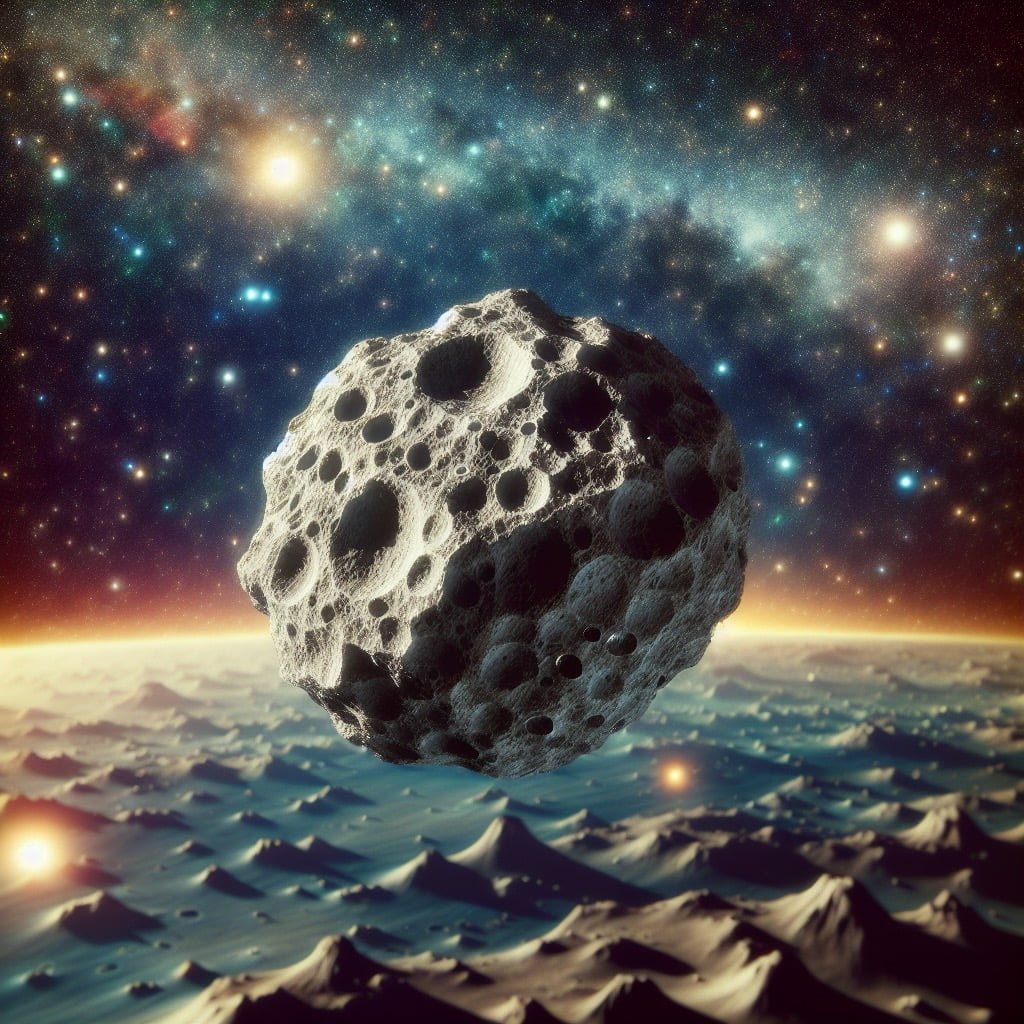Jupiter is one of the most fascinating planets in our solar system, known for its size and vibrant atmosphere. But how many moons does Jupiter actually have?
Answer
As of now, Jupiter has 80 known moons, making it the planet with the most moons in our solar system.
Simple Explanation
Jupiter has lots of moons—80 in total! These moons come in various sizes and shapes, and some are quite interesting, like Ganymede, the largest moon in the solar system.
Detailed Explanation
Jupiter’s moons vary greatly in size and characteristics. The four largest moons, known as the Galilean moons—Io, Europa, Ganymede, and Callisto—were discovered by Galileo Galilei in 1610. Ganymede, for instance, is even larger than the planet Mercury. Each of these moons has unique features; for example, Europa is covered with ice and is believed to have an ocean beneath its surface, making it a prime candidate for the search for extraterrestrial life.
The Discovery of Jupiter’s Moons
- Galilean Moons: Discovered with the first telescopic observations, the Galilean moons revolutionized our understanding of celestial bodies and proved that not everything orbits the Earth.
- Recent Discoveries: The number of moons discovered around Jupiter has grown significantly, with astronomers continuously using advanced telescopes and surveys to identify new moons.
In addition to the larger Galilean moons, Jupiter has many smaller moons. The latest tally by astronomers indicates Jupiter has 80 moons in total, with more potentially awaiting discovery. These moons are thought to originate from various sources, including capture of passing asteroids and formation from the planet’s debris during its formation.
Conclusion
Jupiter’s impressive collection of 80 moons showcases the planet’s dominant presence in our solar system and continues to intrigue scientists and astronomers alike.
FAQ
Q: What is the largest moon of Jupiter?
A: Ganymede is the largest moon of Jupiter and is also the largest moon in the solar system.
Q: Can we see Jupiter’s moons from Earth?
A: Yes, some of Jupiter’s moons, especially the Galilean moons, can be seen with a small telescope or even binoculars.
Q: How do moons form around Jupiter?
A: Moons around Jupiter can form from the planet’s leftover material during its formation or can be captured asteroids.
Q: Are any of Jupiter’s moons habitable?
A: Europa, one of Jupiter’s moons, has a subsurface ocean and is considered one of the most promising places to search for life in our solar system.
External Sources
Learn more about Jupiter’s moons from NASA Solar System Exploration and Wikipedia.




